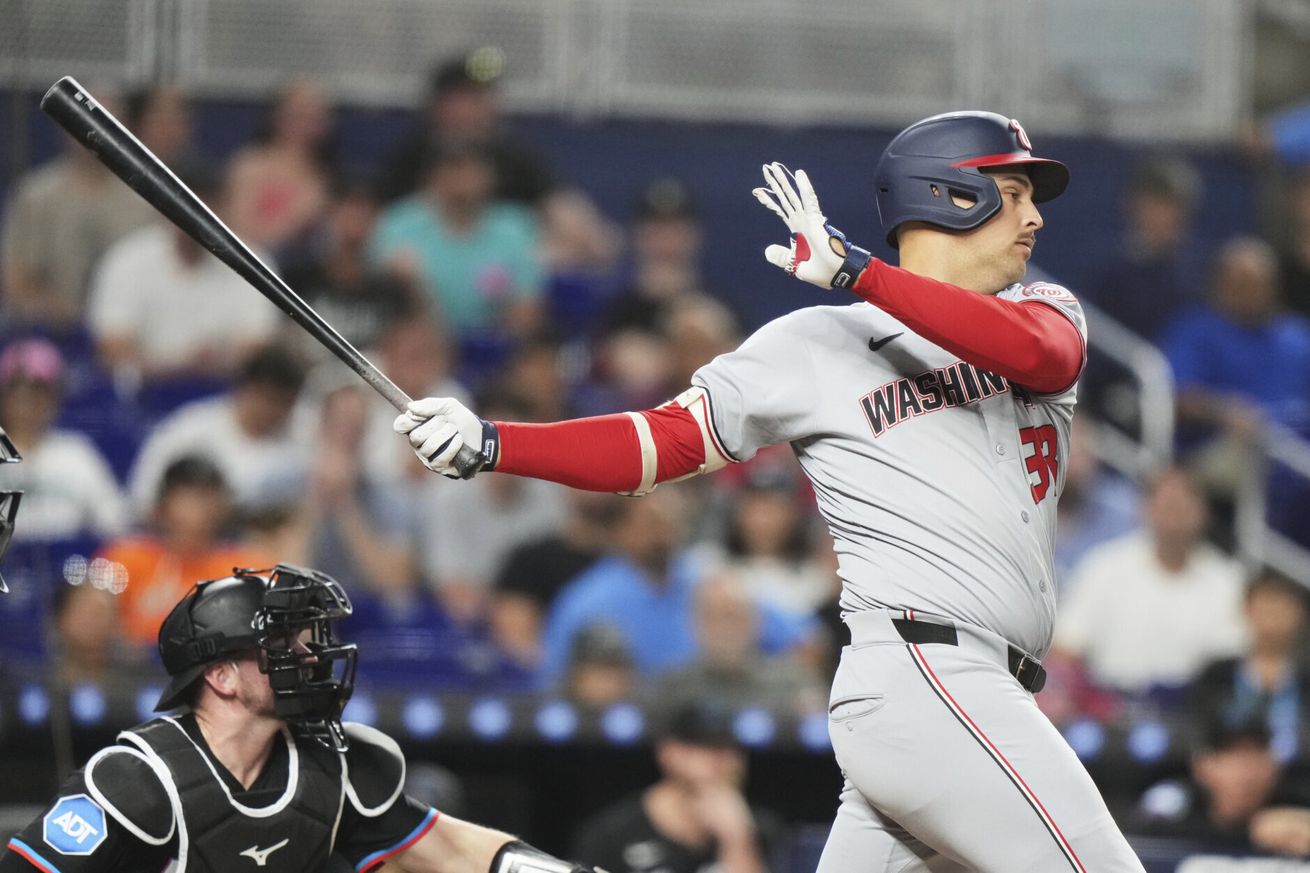
How did Nathaniel Lowe go from one of the best hitters in baseball against heaters to one of the worst?
From 2021-2024, few hitters in baseball did more damage to one pitch than Nathaniel Lowe against fastballs. His .410 wOBA and +10 run value against them in 2024 was among the best of any player against any pitch in baseball.
Yet, here we are about halfway through the 2025 MLB season and Lowe has struggled mightily against fastballs, posting a .297 wOBA and -5 run value against them, among the lowest of anyone against any pitch in baseball. While hitting fastballs harder this year than last (46.6% Hard Hit% in 2025 vs 38.8% in 2024), he’s also swinging and missing at them more than ever, posting a 26.1% Whiff% against them vs 20.3% in 2024. This has led to his K% vs heaters to rise over 10%, while his SLG% vs them has dropped to .341.
The reason for Lowe’s fastball struggles isn’t isolated to just that one pitch, but rather his entire approach at the plate. Let me explain.
Selling Out For Power
The Nationals coaching staff went into 2025 with the intentions to turn Nathaniel Lowe into more of a true slugger to help turn around their offense that ranked dead last in home runs in 2024. Lowe had shown respectable power numbers, hitting 33 home runs combined from 2023 to 2024, but hadn’t matched his 27 home run campaign from 2022 yet.
The biggest takeaway, for me, from Nathaniel Lowe’s introductory news conference: He’s looking to get back to power production with the Nationals, without abandoning his eye at the plate. pic.twitter.com/yKJrDLUxst
— Spencer Nusbaum (@spencernusbaum_) December 23, 2024
In an attempt to bring back that old power output, the Nats made 2 changes to Lowe’s approach; swing more often, and hit more fly balls. In theory, this sounds like a sound strategy to lead to more power output. In fact, when you compare Lowe’s approach numbers to his 2022 campaign, they are strikingly similar.
The issue, however, is that Lowe just isn’t hitting the ball as hard anymore. He’s gone from being in the 73rd percentile for average exit velocity in 2022, to being 44th percentile in 2025. He also still doesn’t pull enough of his fly balls (12.9%, below league average) to do significant damage without hitting the ball extremely hard.
The combination of these 2 things means Lowe isn’t slugging more (less actually, with a career low .372 SLG) and making less contact, especially against his once bread and butter pitch, the fastball.
Losing Bat Speed
The other issue causing Lowe’s struggles is his bat speed, which has decreased year after year. He’s gone from being 80th percentile in 2023 (the first year of bat speed data) to 63rd percentile in 2025.
Simply put, it’s harder than ever for Lowe to catch up to fastballs, and with an approach that causes him to swing and miss as a whole more, he’s getting beat over and over again by them.
Let Lowe Be A Contact Hitter Again
The Nationals coaching staff has been very patient with Lowe as he’s struggled this season, but it’s time to accept that they can’t turn him into something that he’s not, which is a 30+ home run hitter. His bat speed and exit velos have been declining for years, and now he’s walking less and striking out more than ever in his career.
The only way for him to become a true slugger with his current batted ball profile would be to pull the vast majority of his fly balls, something that would require time to work on and likely cause even more swing and miss in the short term. It’s a change I’d like to see going into next season if he’s still around, but for now they need to focus on making him a productive middle of the order bat again.
Nathaniel Lowe is at his best when he’s patient at the plate, drawing his walks, and spraying the ball all over the field, not when he’s selling out for power and striking out 27% of the time. There is still time to make the correction and see what Lowe can do, but if not, he’s a likely trade or non-tender candidate soon.
